Loukia Parisiadou
Co-PI (Core Leadership)
Northwestern University (Chicago)
Loukia Parisiadou, PhD, has focused her studies on the cellular and molecular pathophysiology of Parkinson’s disease (PD). She completed her postdoctoral training in Dr. Andy Singleton’s laboratory at the National Institute on Aging. Loukia Parisiadou joined a few years after the laboratory showed that mutations in the LRRK2 gene cause PD. This sparked her scientific interest in determining the physiological functions of the coded protein in the mammalian brain and the molecular mechanism(s) through which disease-associated variants in the LRRK2 gene induce neuronal dysfunction. Over the last 14 years, her efforts to study the LRRK2 related PD provided novel insights into the undetermined role of LRRK2 kinase. It also led to the generation of several mouse models and conceptual advances of the molecular basis of PD. Using a multidisciplinary approach, the Parisiadou laboratory at Northwestern University studies the neuronal cell-type-specific dysfunctions in PD supported by the NINDS and The Michael J. Fox Foundation grants.
Recent ASAP Preprints & Published Papers
Molecular and spatial transcriptomic classification of midbrain dopamine neurons and their alterations in a LRRK2G2019S model of Parkinson’s disease
Pathogenic LRRK2 R1441C mutation is associated with striatal alterations






